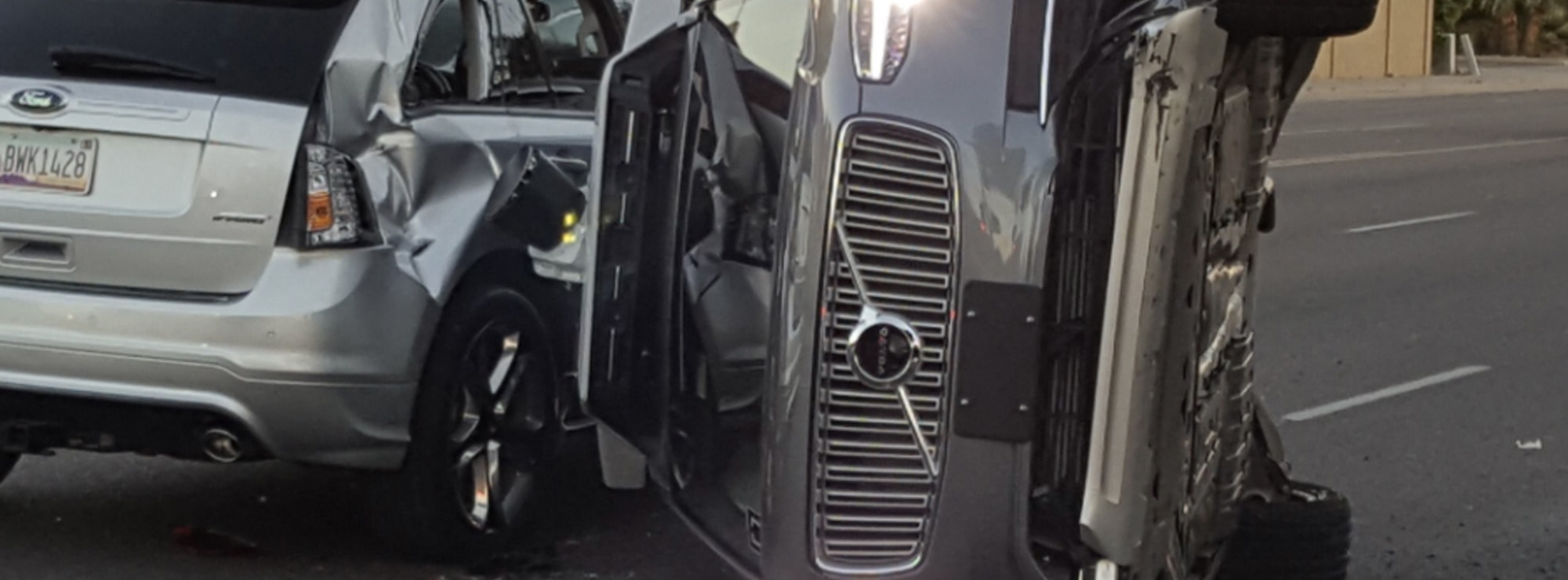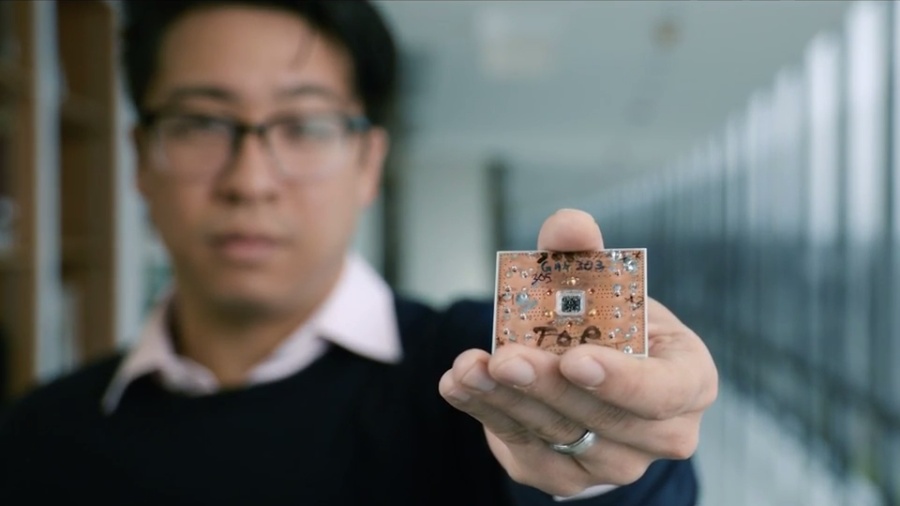
WHY THIS MATTERS IN BRIEF
Removing, or adapting, the US highways regulations so that self-driving vehicles no longer need any form of human control or input is a major step in the future of mobility.
 Love the Exponential Future? Join our XPotential Community, future proof yourself with courses from XPotential University, read about exponential tech and trends, connect, watch a keynote, or browse my blog.
Love the Exponential Future? Join our XPotential Community, future proof yourself with courses from XPotential University, read about exponential tech and trends, connect, watch a keynote, or browse my blog.
While US generals said they will never “take the human out of the loop” when it comes to the future of warfare and the development of fully autonomous and intelligent weapons systems in the transportation sector it’s an entirely different story after US regulators last Thursday issued final rules eliminating the need for automated vehicle manufacturers to equip fully autonomous vehicles with manual driving controls to meet crash standards. And they’re the first regulator to do so.
Automakers and tech companies have faced significant hurdles to deploying Automated Driving system (ADS) vehicles without human controls because of safety standards written decades ago that assume people are in control.
The Future of Mobility, by Futurist Keynote Matthew Griffin
Last month, General Motors and its self-driving technology unit Cruise petitioned the US National Highway Traffic Safety Administration (NHTSA) for permission to build and deploy a self-driving vehicle without human controls like steering wheels or brake pedals.
The rules revise regulations that assume vehicles “will always have a driver’s seat, a steering wheel and accompanying steering column, or just one front outboard passenger seating position.”
“For vehicles designed to be solely operated by an ADS, manually operated driving controls are logically unnecessary,” the agency said.
The new rules, which were first proposed in March 2020, emphasise automated vehicles must provide the same levels of occupant protection as human-driven vehicles.
“As the driver changes from a person to a machine in ADS-equipped vehicles, the need to keep the humans safe remains the same and must be integrated from the beginning,” said NHTSA Deputy Administrator Steven Cliff.
NHTSA’s rule says children should not occupy what is traditionally known as the “driver’s” position, given that the driver’s seating position has not been designed to protect children in a crash, but if a child is in that seat, the car will not immediately be required to cease motion.
NHTSA said existing regulations do not currently bar deploying automated vehicles as long as they have manual driving controls, and as it continues to consider changing other safety standards, manufacturers may still need to petition NHTSA for an exemption to sell their ADS-equipped vehicles.















